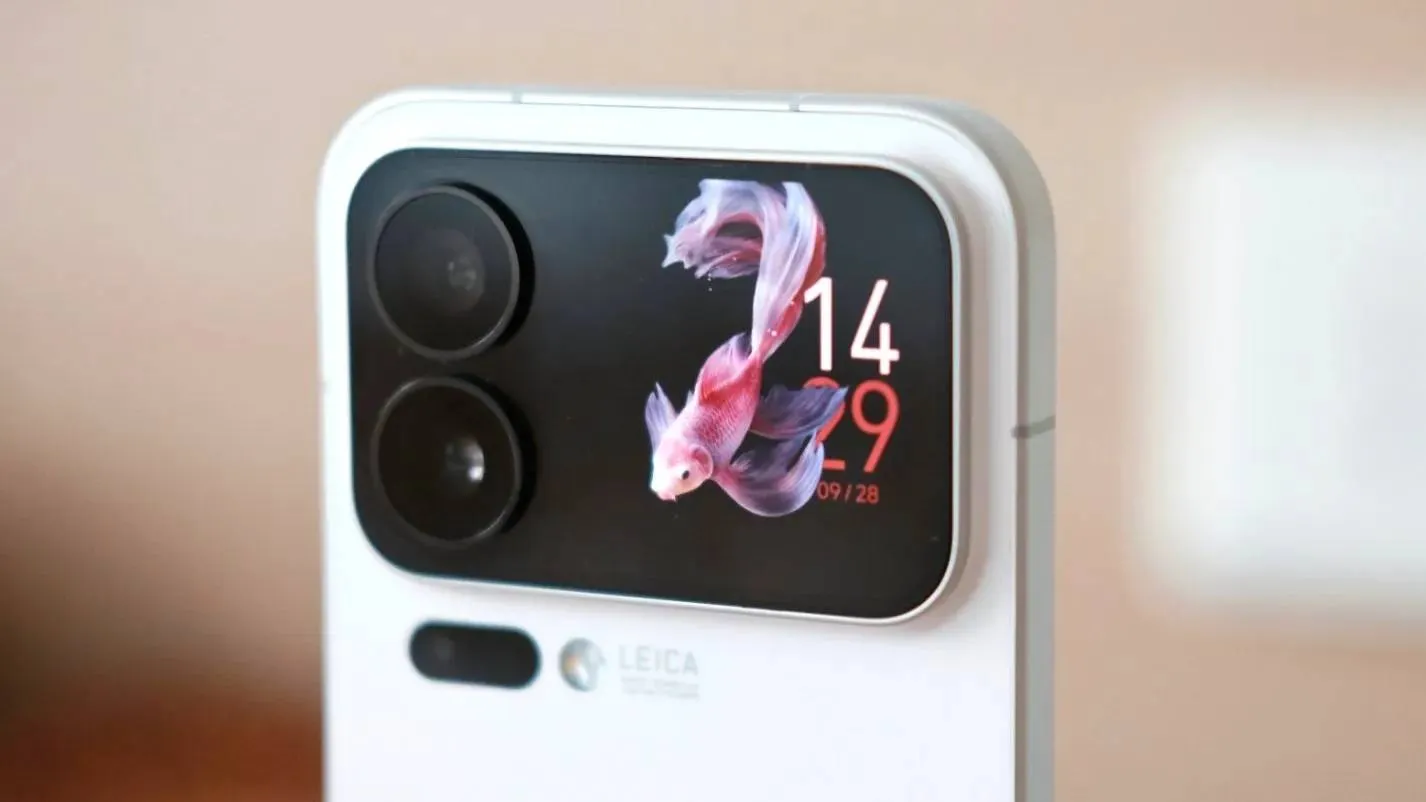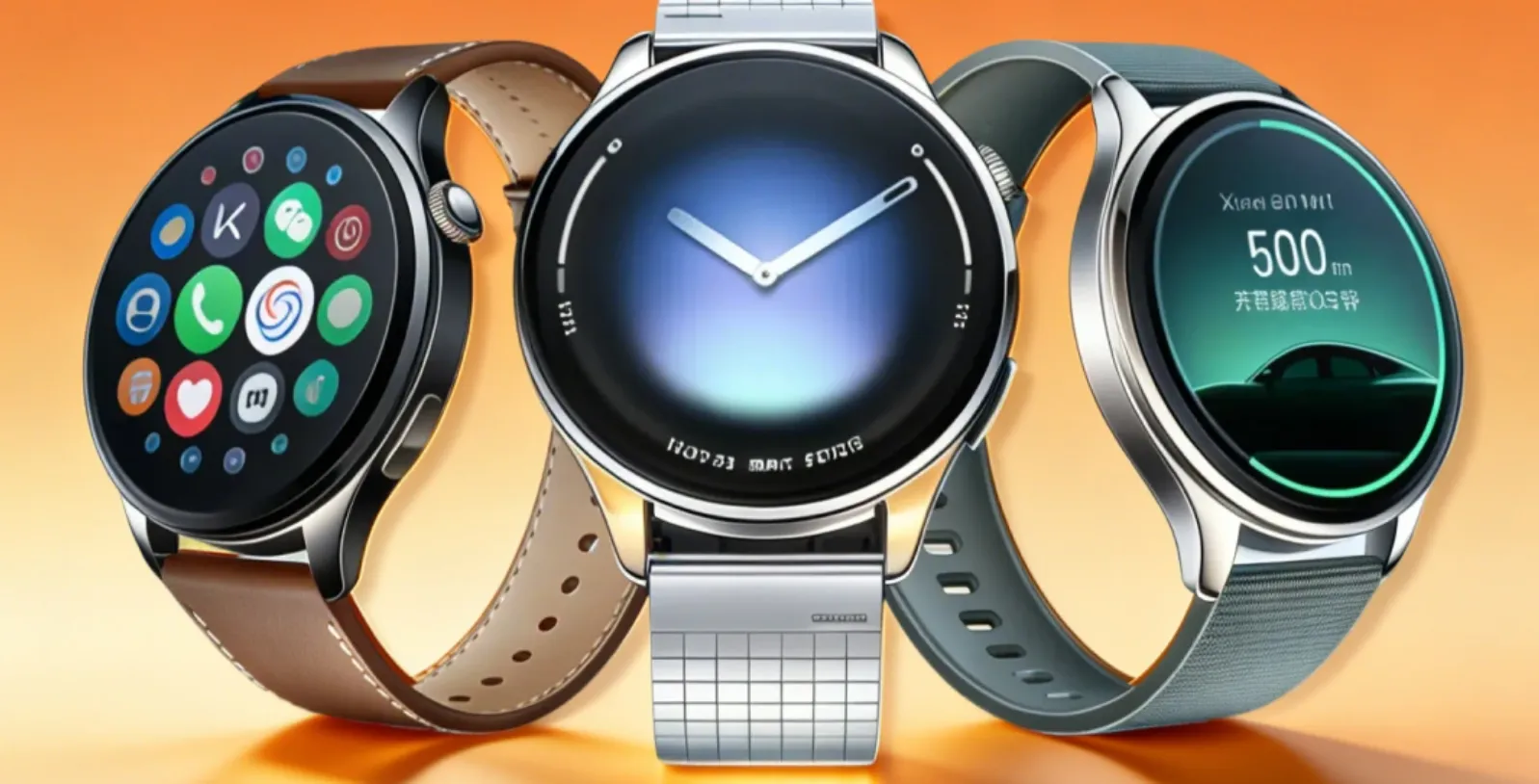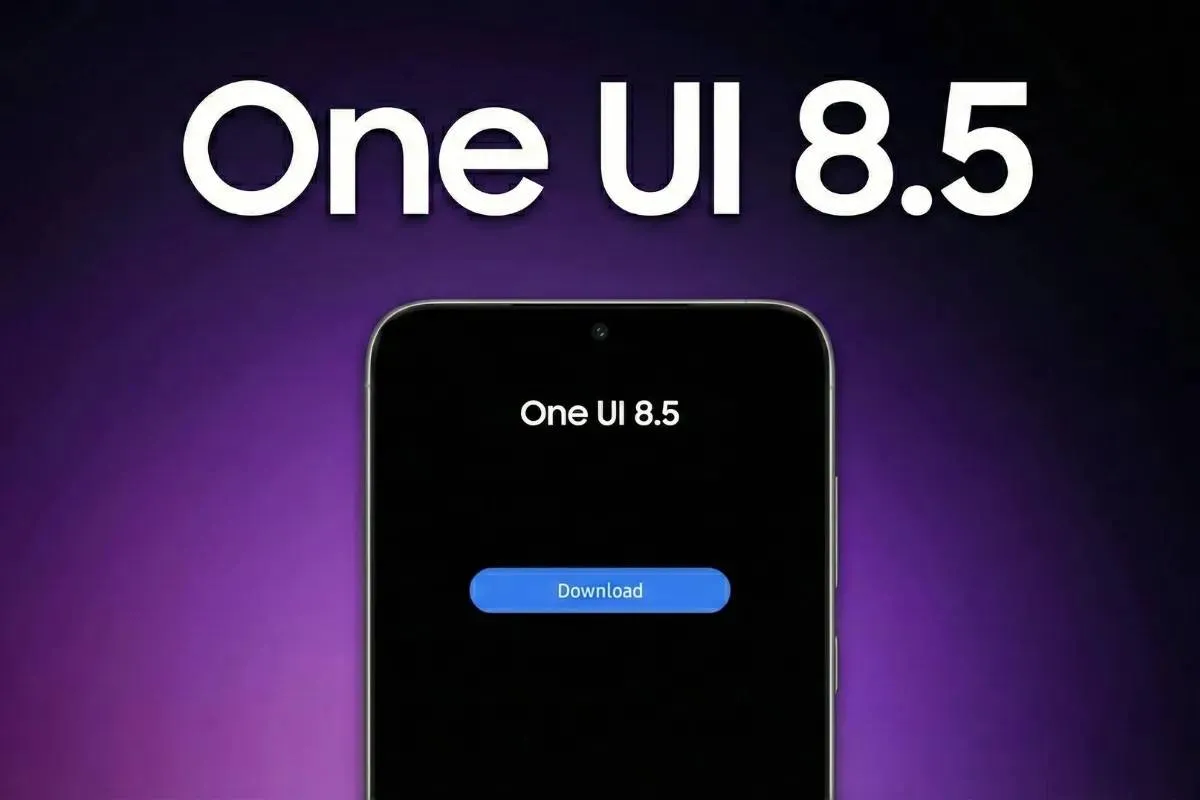Unlock Full Battery Potential: Why and How to Calibrate Your Android Phone
androidSunday, 28 July 2024 at 09:20
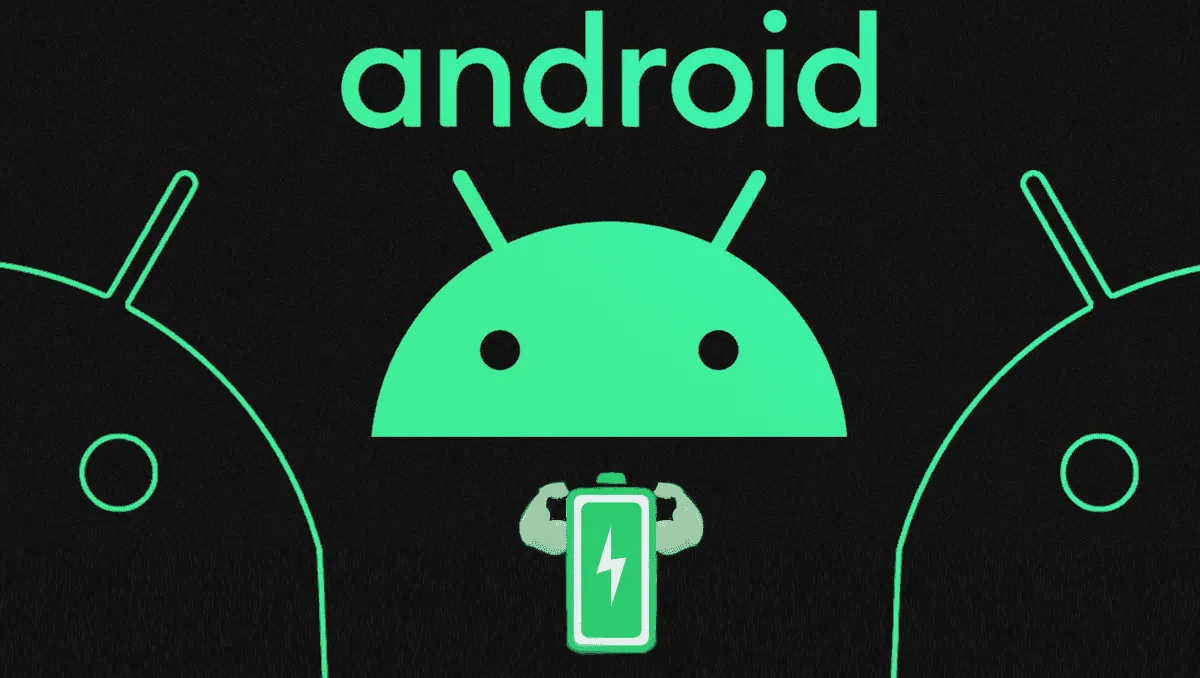
The battery is a crucial component of any smartphone, and its health significantly affects the overall user experience. Over time, it is natural for the battery to degrade, which can shorten your Android phone's lifespan and tarnish its performance. A well-maintained battery ensures good autonomy, but if not cared for properly, it may deteriorate faster, requiring you to carry a charger at all times. While battery degradation is inevitable, keeping it calibrated can help you monitor its condition and maintain optimal performance.
Optimizing Your Android Battery Life: The Importance of Calibration
Why Calibrate Your Battery?
When you purchase a new Android phone, you begin using it immediately, charging it whenever the battery runs low. Ideally, to maximize the battery's lifespan, you should keep it within a charge range of 20-80% and avoid letting it reach 100%. However, the battery percentage displayed on your screen is not always accurate, and it becomes less reliable over time if not regularly calibrated. This inaccuracy can lead to unexpected shutdowns or overcharging, both of which can harm the battery.
Your phone's operating system uses algorithms to estimate the remaining battery level, considering factors like battery capacity, charging time, and the maximum charge point. For these estimates to be accurate, the battery needs to be well-calibrated. An uncalibrated battery can cause your phone to shut down unexpectedly or show misleading battery levels, leading to inconvenience and potential damage to the device.
The Benefits of Calibration
Regular calibration ensures that the battery level displayed on your phone is as accurate as possible. This accuracy helps prevent unexpected shutdowns and overcharging, both of which can degrade the battery. By calibrating your battery, you ensure that your phone provides reliable information about its remaining power, helping you manage its usage more effectively.
An out-of-calibration battery is not a severe issue; it is a common occurrence due to regular use, full charges, and the passage of time. Fortunately, calibrating your battery is a simple process that can be done without any special tools or software. It is a good practice to calibrate your battery every three months or after 40 partial charge cycles to maintain its accuracy.
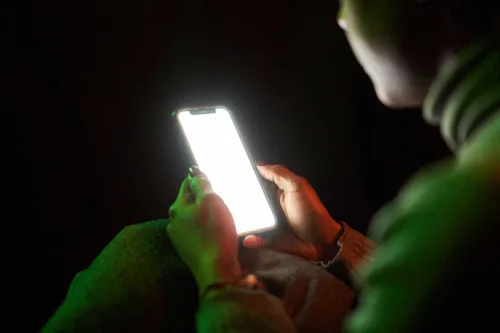
How to Calibrate Your Android Phone's Battery
Calibrating your Android phone's battery is straightforward and does not require any third-party applications. Follow these steps to calibrate your battery manually:
- Charge Your Phone Fully: Begin by charging your phone to 100%. Once it reaches full charge, do not disconnect it immediately. Leave it plugged in for a little longer to ensure it is completely charged.
- Discharge Completely: After fully charging the battery, disconnect your phone and use it as you normally would. Continue using it until the battery is entirely drained and the phone turns off on its own. It is not enough to let the battery drop to 1%; it must shut down automatically.
- Wait Before Recharging: Once your phone has turned off, let it sit for at least four hours before charging it again. This waiting period helps eliminate any residual excess charge from the uncalibrated battery.
- Recharge to 100% Again: After waiting, charge your phone again to 100%. Even when the battery indicator shows 100%, leave it plugged in for a bit longer to ensure a full charge.
Following this process will calibrate your battery, providing more accurate battery level readings for approximately three months.
Best Practices for Battery Health
In addition to regular calibration, there are several best practices you can follow to maintain your battery's health and extend its lifespan:
- Avoid Extreme Temperatures: Batteries perform best at moderate temperatures. Avoid exposing your phone to extreme heat or cold, as this can accelerate battery degradation.
- Use Official Chargers: Always use the charger and cable that came with your phone or official replacements from the manufacturer. Third-party chargers may not provide the correct voltage and can damage your battery.
- Manage Power-Hungry Apps: Some apps consume more power than others. Monitor your battery usage and limit the use of power-hungry apps to extend your battery life.
- Enable Battery Saver Mode: Most Android phones come with a battery saver mode that reduces background activity and conserves power. Enable this mode when your battery is running low to extend its life.
- Keep Software Updated: Manufacturers often release software updates that include battery optimization improvements. Keeping your phone's software up to date can help maintain battery performance.
Boost Your Android Battery Life: Simple Tips and Tricks
Introduction Want your Android phone to last longer between charges? Calibrating your battery is a good start, but there's more you can do. Let's explore easy ways to extend your battery life.
Understand Your Phone's Power Usage To boost battery life, start by understanding what's draining it. Your phone likely has a tool to show which apps use the most power. If an app is a real battery hog, consider using it less or deleting it.
Screen Brightness and Location Settings Your screen is a big battery user. Keep it at a comfortable level and let it adjust automatically when possible. Also, limit when apps can use your location to save power.
Use Your Phone's Smart Features Many Android phones have built-in ways to save battery. Try turning on power saving mode when your battery is low. Newer phones might have Adaptive Battery, which learns how you use your phone to save power. Plus, Doze mode helps when your phone is idle.
Charging Tips for a Longer Battery Life Extreme heat or cold isn't good for your battery. Try to keep your phone's battery between 20% and 80% charged when possible. While wireless charging is handy, it's not as efficient as plugging it in.
Software Updates and Simple Steps Keeping your phone's software up-to-date can help with battery life. Also, deleting unused apps and limiting notifications can make a difference.
Extra Tips for Maximum Battery Life Some phones have special battery health features. Use them if you can. If you're often away from a charger, a portable battery pack can be helpful. And when your battery just can't hold a charge anymore, it might be time for a replacement.
By following these tips, you can make your Android battery last longer. Remember, battery life depends on your phone, how you use it, and other things.
Conclusion
Calibrating your Android phone's battery is an essential maintenance task that ensures accurate battery level readings and helps prevent unexpected shutdowns and overcharging. By following the simple steps outlined above and adhering to best practices for battery health, you can extend the lifespan of your phone's battery and enjoy a more reliable user experience. Regular calibration, combined with proper care, will keep your battery performing optimally, ensuring your phone remains a dependable companion in your daily life.
Popular News
Latest News
Loading
